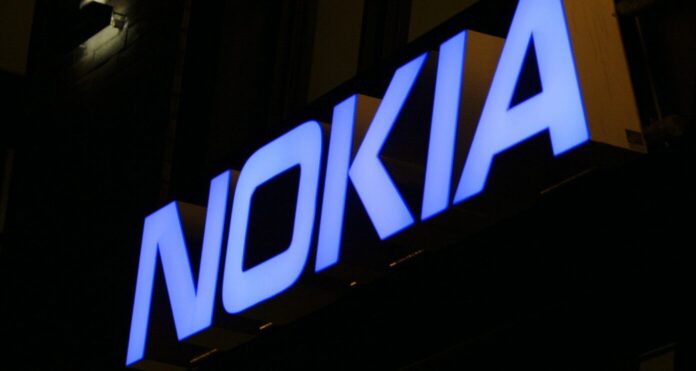Self-organizing small cell, upgraded remote radio head, SDN-enabled microwave backhaul also included in Nokia launch
The run-up to Mobile World Congress Americas, kicking off Sept. 12 in San Francisco, has been marked by a number of vendor product launches largely geared toward facilitating the operator transition from LTE to 5G. Nokia got into the mix today announcing several additions and upgrades to its radio line up.
The major thrust of the new Nokia equipment is enabling operators to more easily add network density through small cell deployment. The vendor added self-organizing network (SON) support to its small cell controllers, which complements a managed service offering. The combo “will ease the addition of thousands of small cells in an operator’s operation and management system, improve plug-and-play installation and offer real time optimization of the small cell layer,” according to the company.
Next up, the company added support for 25 new frequency bands to its Flexi Zone Multiband base station, and eight new frequencies to its Mini-Macro base station, including support for the 3.5 GHz Citizens Broadband Radio Service (CBRS) band for the U.S. market.
Other new small cell features include two-channel carrier aggregation on the uplink, 256 QAM on the downlink and a wider channel, 40 megahertz, for unlicensed spectrum.
Mark Atkinson, head of the Small Cell Business Line at Nokia, said the new products will help operators “prepare for the ever-growing demands of people and IoT, particularly in dense megacities.” He also looked ahead to the private network support promised by MulteFire, which he said “will mean many more enterprises will be able to deploy their own discreet networks to enjoy the benefits that LTE will offer.”
Other new offerings include an update to the AirScale RRH portfolio that enables dual- and single-band FDD-LTE and TD-LTE radios that support 4×4 multiple-input, multiple-output (MIMO) and 8×4 beamforming. On the backhaul side, Nokia’s Wavence microwave system now offers software-defined networking capabilities.
Head of the 5G Business Line Harold Graham shared the big picture: “We truly understand how changes in each area of a network will affect the network as a whole, and as we evolve our end-to-end portfolio of technologies and services we are working closely with customers to ensure they are always ahead of their customers’ needs and expectations.”

